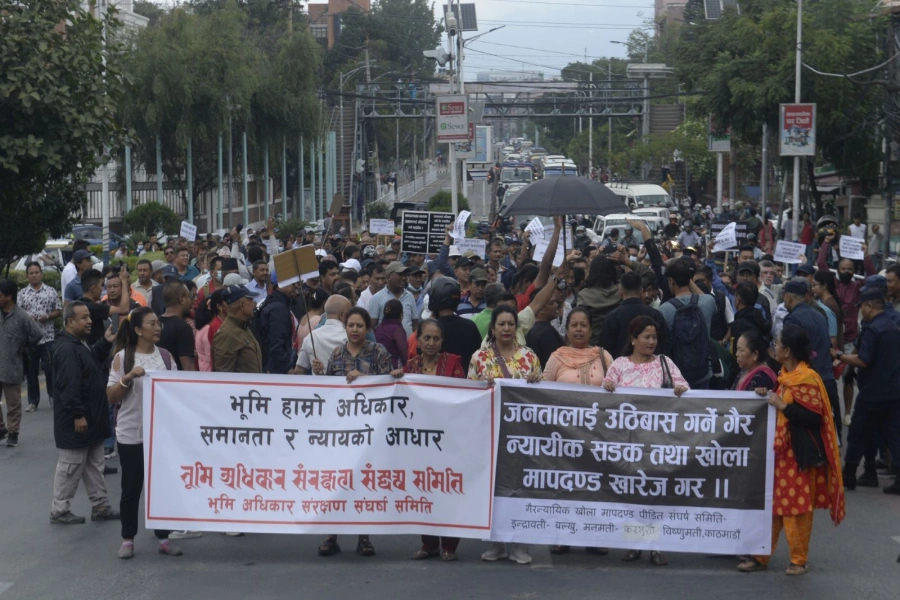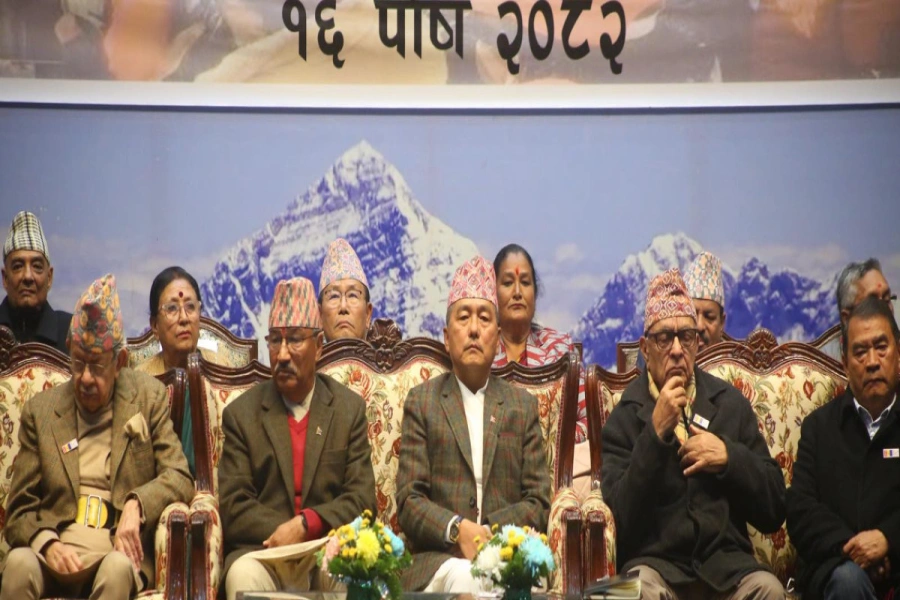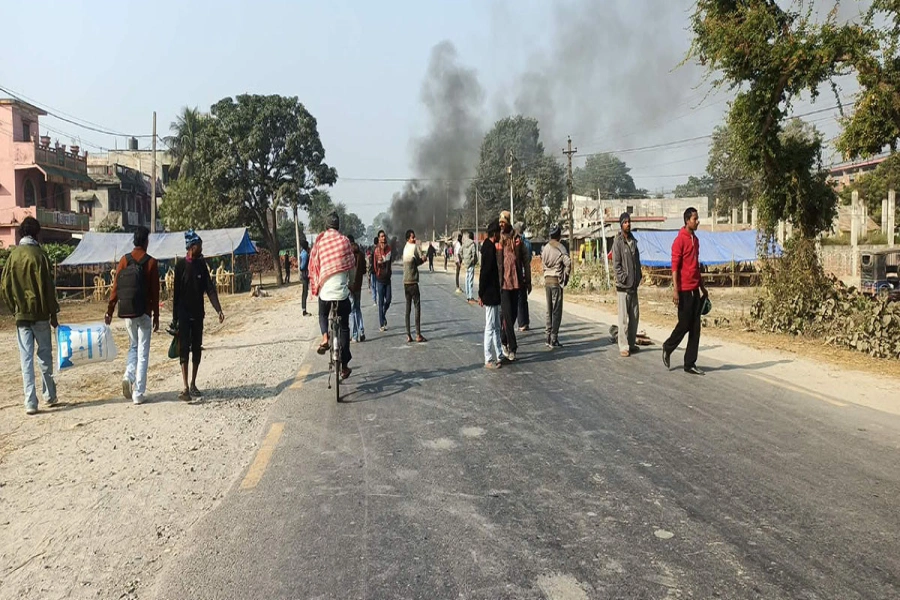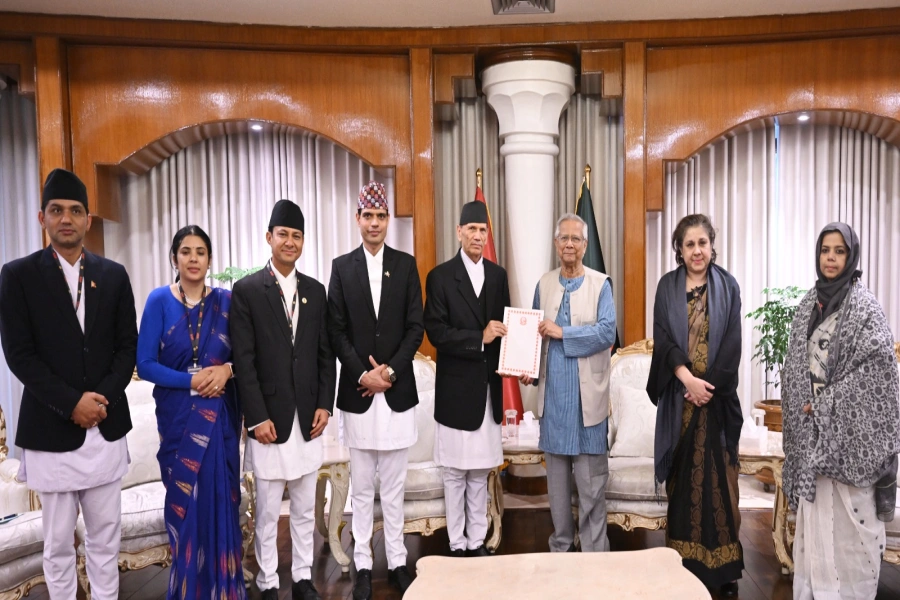Digital technology has helped human society progress in an unprecedentedly fast pace. Digitalization has revolutionized not only the methods of communications but also the way we manage our business, perform trade, entertain, socialize or get public services. It has brought tremendous opportunities to mankind to make life full of comfort while being able to address numerous socio-economic challenges. To further exploit the potential of digital technology, Japan envisioned a future society named Society 5.0 in the framework of Science, Technology and Innovation (STI) for Sustainable Development Goals (SDGs) Roadmap in 2016. The Society 5.0 roadmap can be useful for many other countries like Nepal to formulate their STI policies.
What is Society 5.0?
Basic concept of Society 5.0 is centered on well-being and happiness of human beings and ensuring that no one is left behind as expressed in United Nation’s SDGs. Formally, Society 5.0 is defined as ‘a human-centered society that balances economic advancement with the resolution of social problems by a system that highly integrates cyberspace and physical space.’ It labels the current information society as Society 4.0, the previous industrial society as Society 3.0, which were preceded by Society 2.0 (farming) and Society 1.0 (hunting).
The current Society 4.0 had started with the digitalization of industrial and social activities through the invention of supporting technologies of computers, Internet, satellites and smartphones. Data generated from the physical space—where we live and work—are stored in cyberspace known as the Internet, or more recently as cloud service. People access Internet to retrieve and analyze information or data. However, in Society 4.0 each sector of industry or society is storing data in cyberspace in an isolated, silo platform, which is accessible to people belonging to the given sector only. Integrated platforms for cross-sectorial sharing and exploitation of information and knowledge have not been established yet.
In Society 5.0 huge volume of data generated by sensors associated with people, things or systems is accumulated in cyberspace in the form of big data. Cyberspace thus becomes a common, cooperative platform to connect not only people but also all kinds of things and systems existing in physical space. Big data contains so much volume of data that its timely processing by a human brain is impossible and requires artificial intelligence (AI) tools. The results obtained by processing the data by AI are fed back to physical space in various forms such as knowledge to humans and control commands to machines and systems.
Wagle elected President of Democratic Thought Society

Internet of Things (IoT), 5G networks, big data, AI and robots are the enabler technologies of Society 5.0. These technologies help in realizing a forward-looking society overcoming the existing limitations of humans, society and systems. IoT is a generic concept of extending Internet connectivity to any physical objects, machines, people or animals equipped with devices capable of sensing, computing and communication. Various types of sensors attached to IoT devices monitor the environment they lie in and generate huge data in the form of video, image, sound, weather conditions, system operation logs to name a few. To imagine the tremendousness of data generated by IoT, think of self-driving cars. A self-driving car equipped with numerous sensors and cameras produces 1 to 4 Tera Bytes of data per day, equivalent to the volume of data currently consumed by 2,666 Internet users.
The fifth generation mobile communication network, whose deployment starts from the next year, is indispensable infrastructure to provide ubiquitous connectivity to realize the fusion of physical space and cyberspace. Thanks to its capabilities of transmitting a huge volume of data—about 20 Gigabits in every second—connecting one million devices in the area of every square kilometer, and reducing transmission latency to around one millisecond, 5G network can upload a huge volume of sensing raw data from physical space on cyberspace and transfer knowledge and control or actuation commands from cyberspace to physical space.
AI enables machines to learn, infer, and make an intelligent decision like humans. Additionally, AI has the capability of processing big data in a short time, exceeding the capability of humans. AI is now being used to solve numerous problems in other domains such as healthcare, manufacturing, transport mobility, energy management, weather forecast and safety. The advancement of IoT and the reduction of sensor electronics price have made it feasible to collect a huge volume of data of different granularity. Similarly, the availability of sophisticated computation facility in cyber cloud has made it possible to process big data by AI in a short time. The more volume and diversity of available data are, the better the AI systems can be trained so that they can produce highly accurate results.
Robots are the agents in physical space that work on behalf of humans. A robotic agent can exist separately or be attached to other machines. Humanoid robots helping in housework can exist separately. In Society 5.0, humans can live more comfortably and devote more time to create innovative products and services, optimizing the entire social and organizational system.
Creating Smart Society
Countries in the world have come up with various futuristic visions. Industry 4.0 of Germany for the digital transformation of manufacturing sector through the exploitation of connectivity, AI, and real-time data is an example. It is related to the digital transformation of economy. Japan’s Society 5.0 is more than just about the economy. It is about the digitalization of the whole society for making it super smart. Along with economic development through the new value creation by provisioning high-tech products and services, Society 5.0 equally focuses on solutions to address social issues such as increasing energy and foodstuffs demand, safety and security, climate change, ageing population, regional inequality and economic disparity.
A mechanism has been established in Japan under the leadership of Prime Minister Shinjo Abe to implement Society 5.0. Multiple stakeholders related to SDGs promotion—ministries, local governments, NGOs, research institutes, business organizations and universities—are engaged in it. This will enable Japan, and the world, to promote economic development while addressing common social challenges.
What Nepal should do
Nepal has also taken measures for digital development. The 2018 Digital Nepal Framework introduced by the government aims to unlock Nepal’s growth potential. Like Society 5.0, this Framework also includes a visionary roadmap for the promotion of economic growth while addressing societal challenges and identifying opportunities to participate in the global economy by exploiting ICT.
It has identified eight sectors—agriculture, health, education, urban infrastructure, energy, tourism, finance and connectivity—and eighty relevant digital initiatives. Three business environment enablers—technology and infrastructure, entrepreneurship and public-private partnership, and talent and skills development—are listed and some solutions for the accomplishment of the digital initiatives are also recommended.
For its effective implementation, Nepal may collaborate with Japan to obtain knowhow about the establishment and leadership of efficient implementation mechanisms, identification and prioritization of key work items and selection of sustainable solutions that have been proven highly effective to achieve the goals.
The author is a research manager at the National Institute of Information and Communications Technology in Tokyo
ved.kafle@gmail.com




































